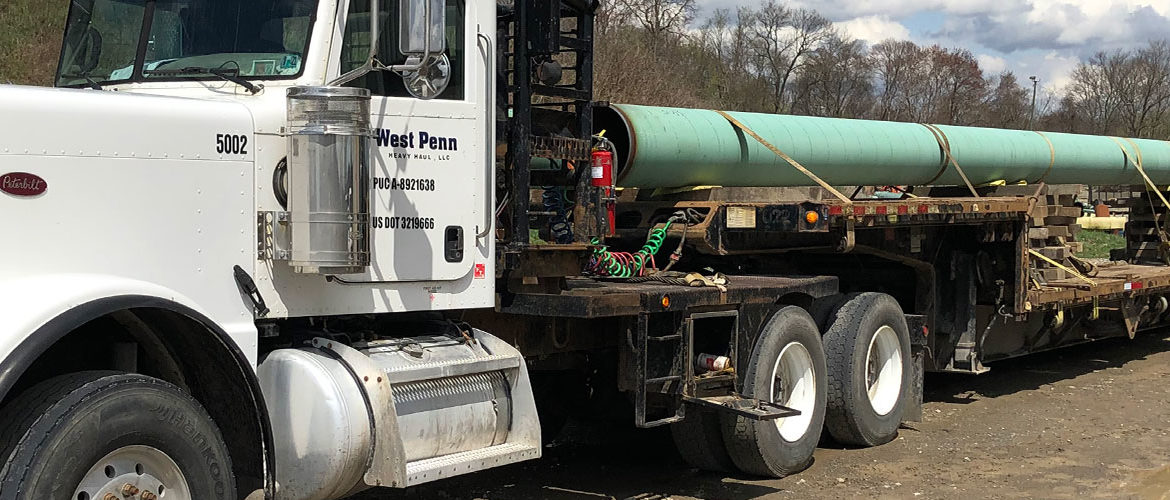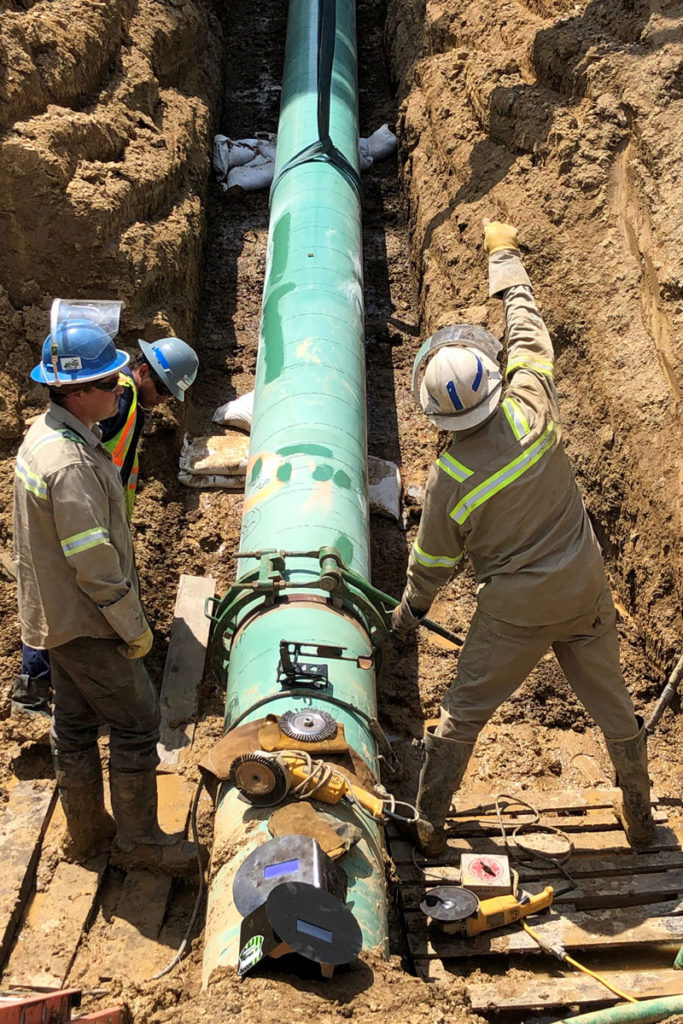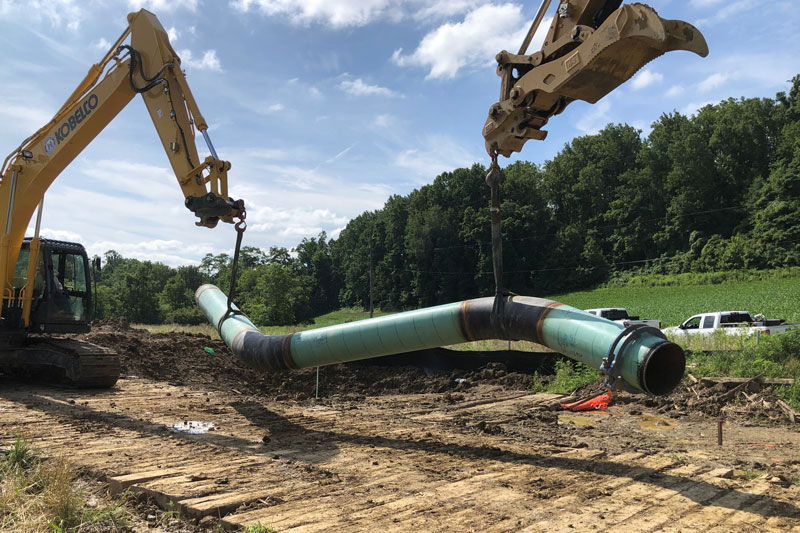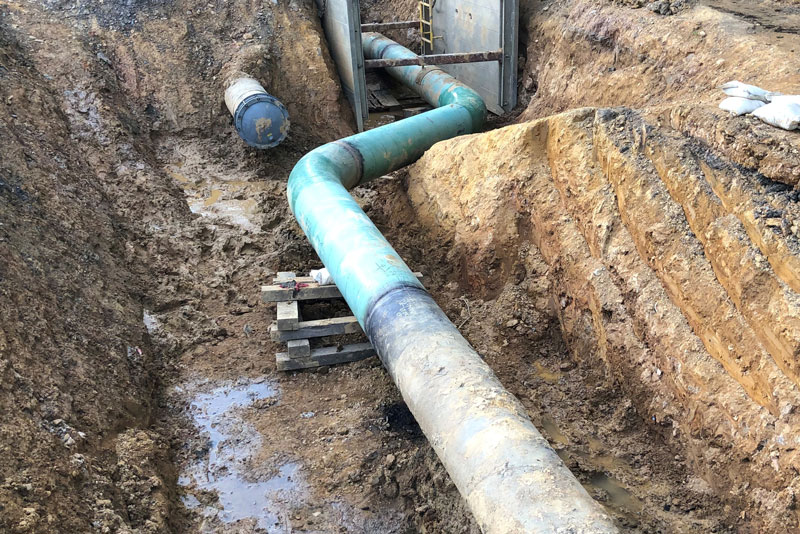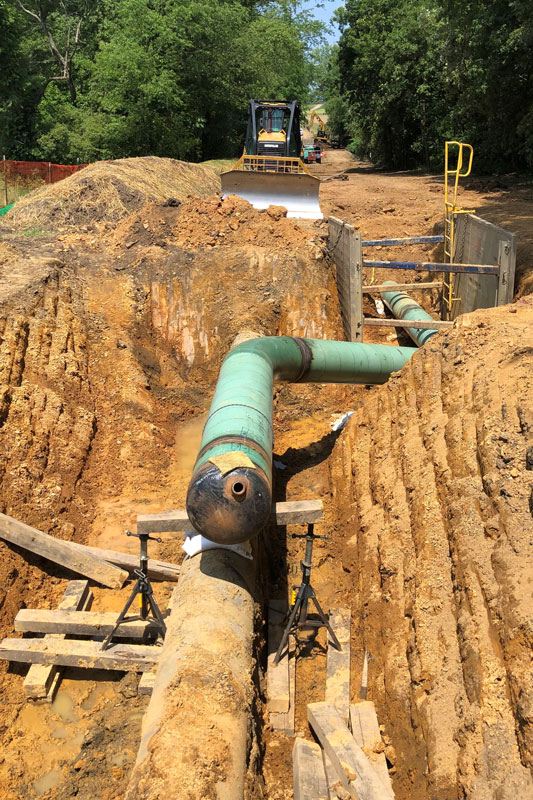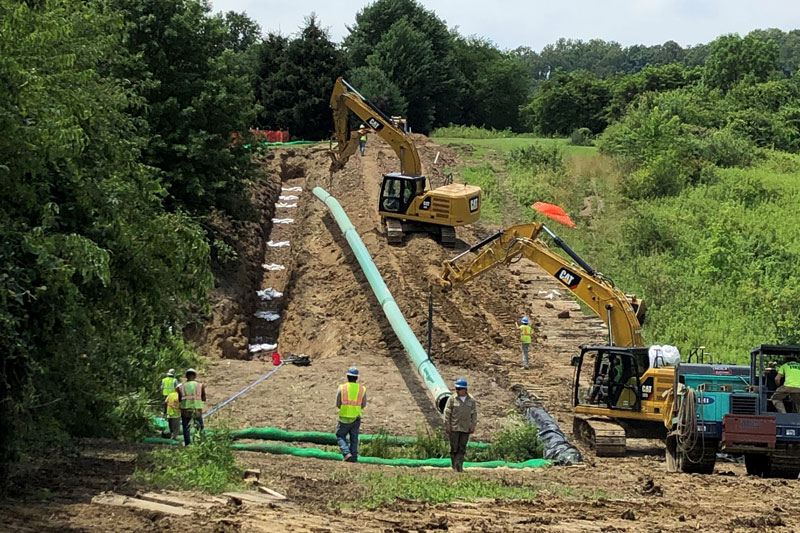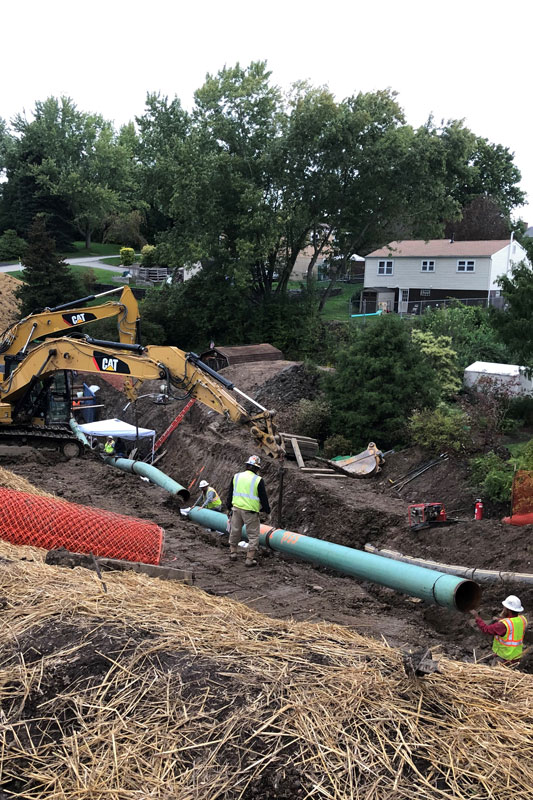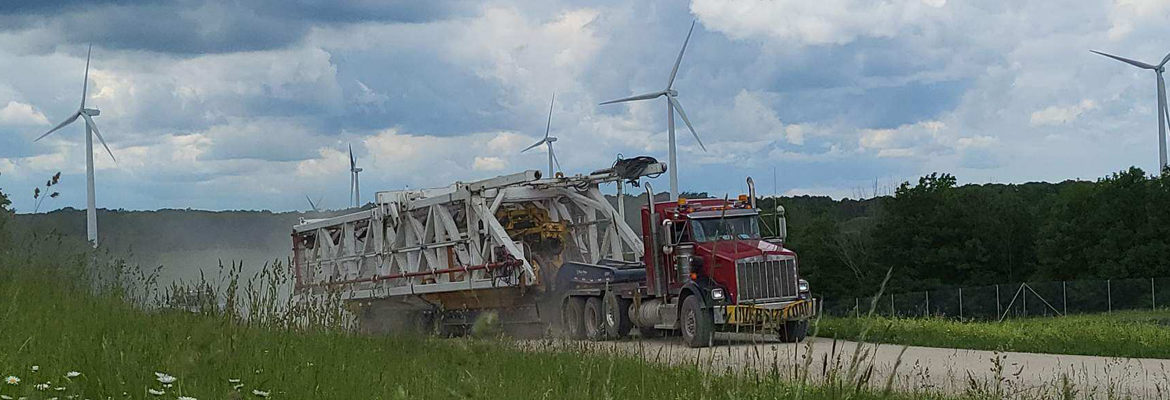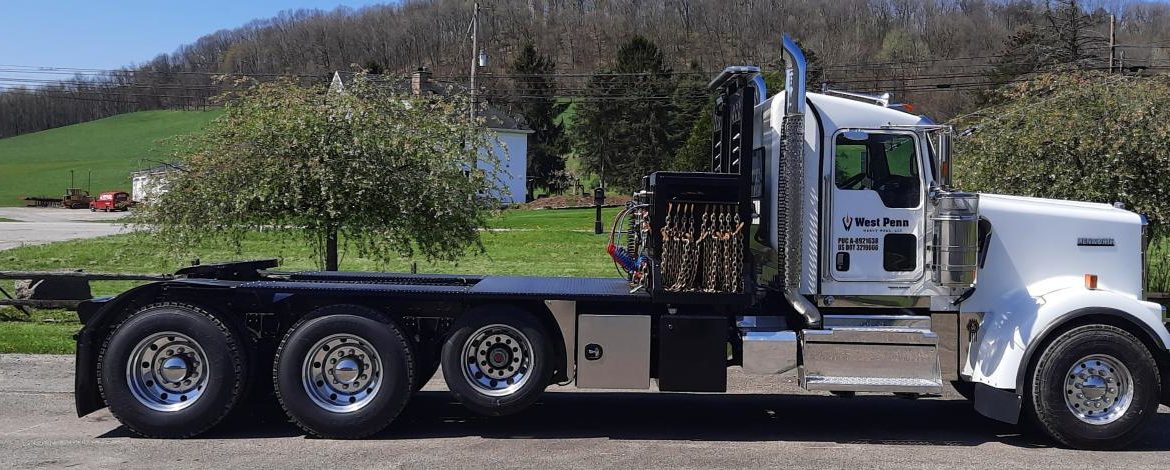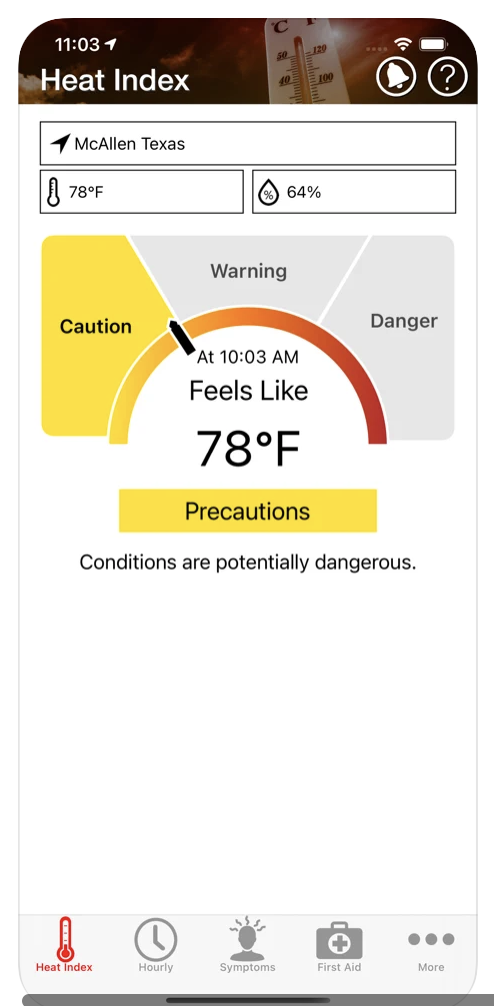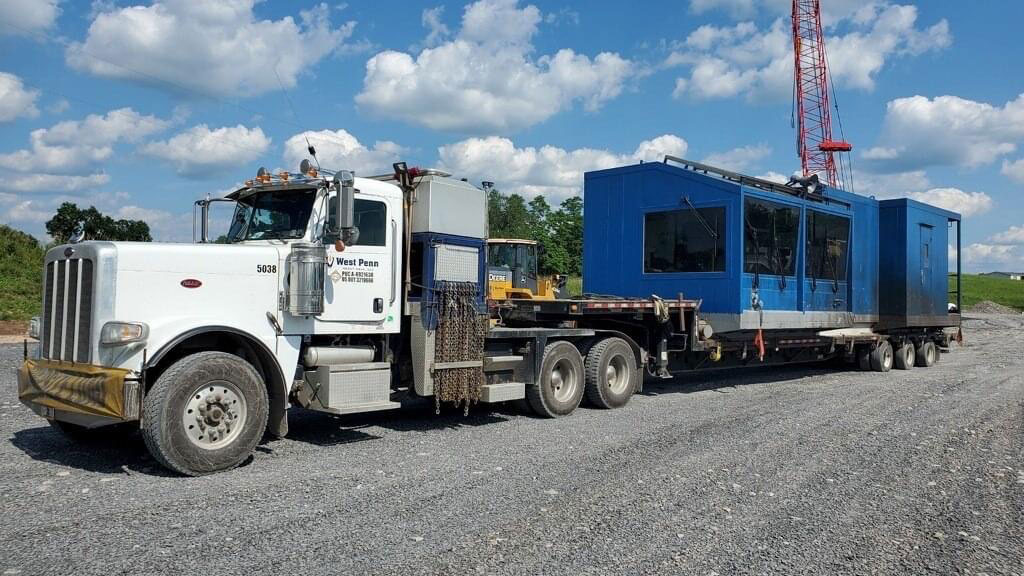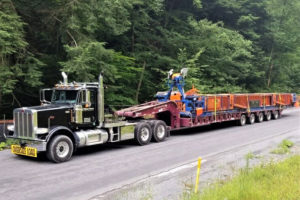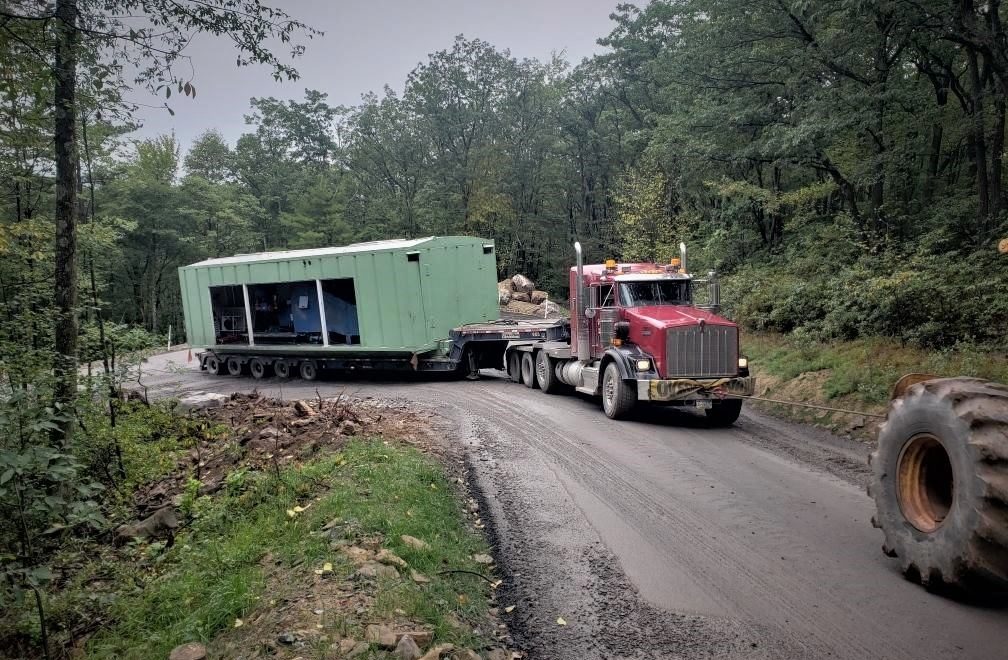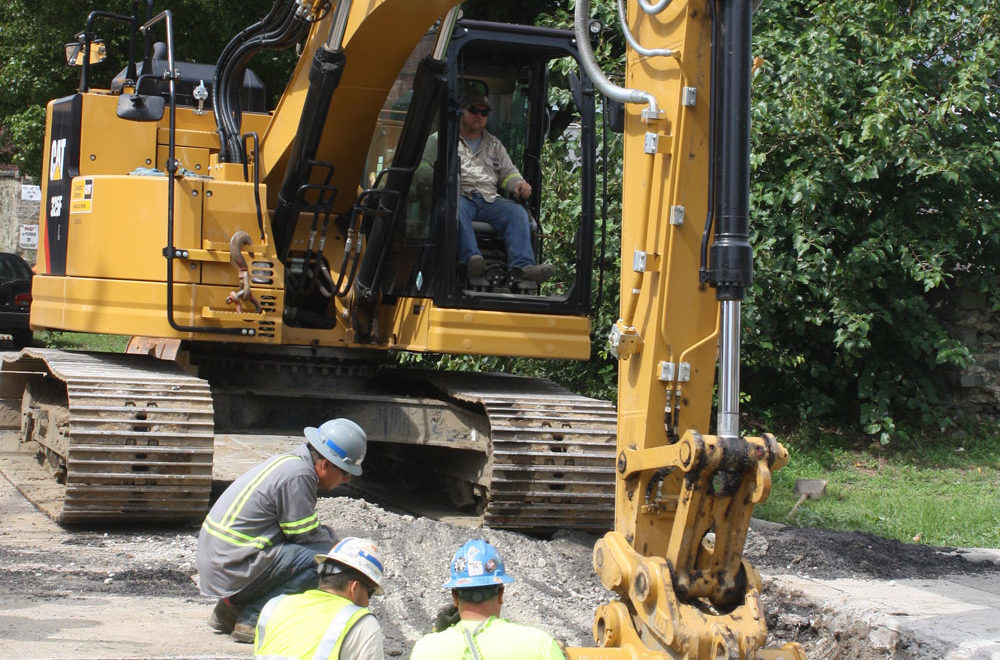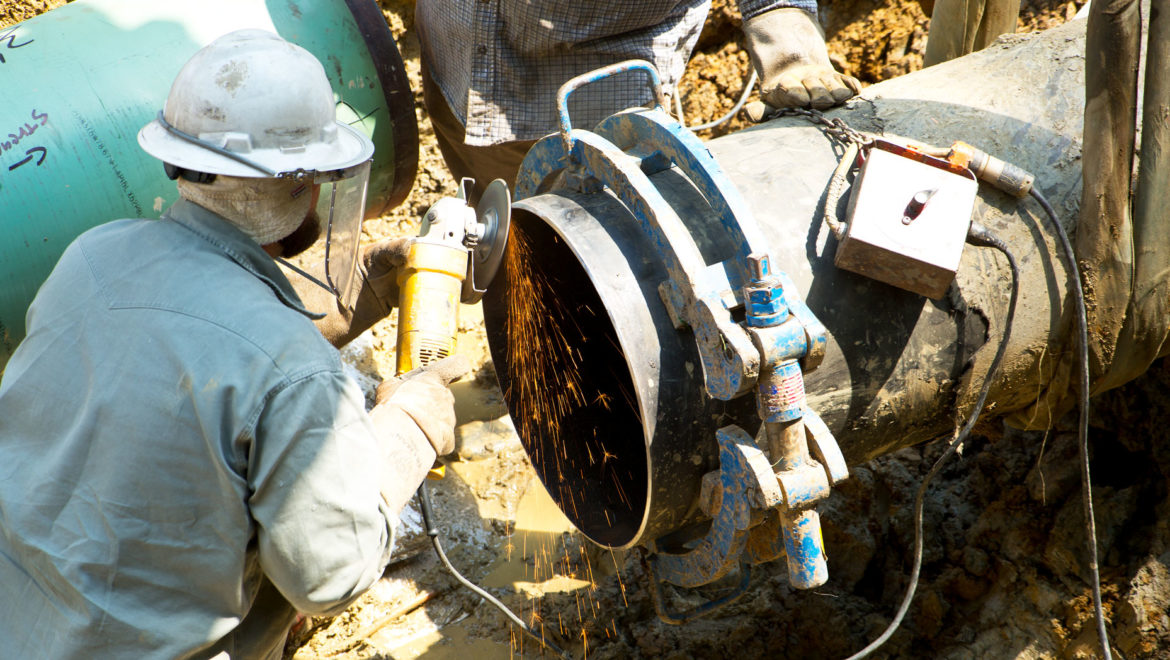Rebuilding aging oil and gas pipelines is America’s next big infrastructure need
West Penn Energy Services is ready to meet that challenge
In 2021, our seasoned Pipeline team completed 30 anomaly digs, carefully replacing sections of pipe that no longer passed inspection.
West Penn Energy Services replaced 3,629 feet of 20-inch steel gas transmission line, much of it in demanding conditions. Our crews executed digs on hilly terrain and in areas that were difficult to access with heavy equipment. We are accustomed to managing such difficulties, having served the oil and gas industry in the Appalachian Basin of Pennsylvania, West Virginia, and Ohio for 30 years.
Our experience makes West Penn Energy Services well-positioned to partner with clients on their pipeline integrity needs, to ensure they meet DOT standards.
We make sure anomaly digs get done safely, on time, and in accordance with environmental regulations. We are proud to have logged more than 30,000-man-hours on these jobs last year without incident.
Clients cannot afford to have their pipeline offline for maintenance any longer than necessary. We realize when a line is down, it puts stress on the rest of the system, as residential and commercial end-users must be served temporarily by other lines.
Strategically planning our digs, we stage equipment and use multiple teams per day to get the job done by the deadline, regardless of the weather. If that means working 14 hours a day, that’s what we do.
While the West Penn Energy Services excavation team is locating and exposing the pipe sections that need to be replaced, the bending team is in the yard fabricating replacement pipeline pieces. Whether it’s a 5-foot-long straight pipe or a 650-foot-long piece with multiple angles, our team has them ready to be installed the minute the old pieces are out of the ground.
Confirming quality controls, X-rays are taken to ensure the stability of the welds and then we apply protective coatings to the new sections, backfill around the pipe and get the gas flowing again.
Contact us to discuss how West Penn Energy Services can partner with you on your pipeline integrity needs.

